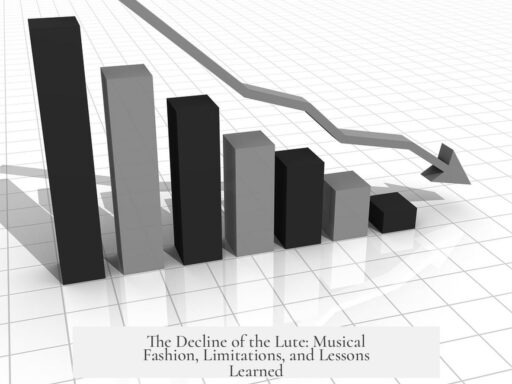The famous footnote “This was once revealed to me in a dream” originates from the philosopher Nikolai Berdyaev’s writings and reflects a serious aspect of his mystical and spiritual experiences rather than an ironic or unserious claim. The passage echoes Berdyaev’s long-standing engagement with dreams as genuine sources of insight, a theme pervasive in his life and philosophy.
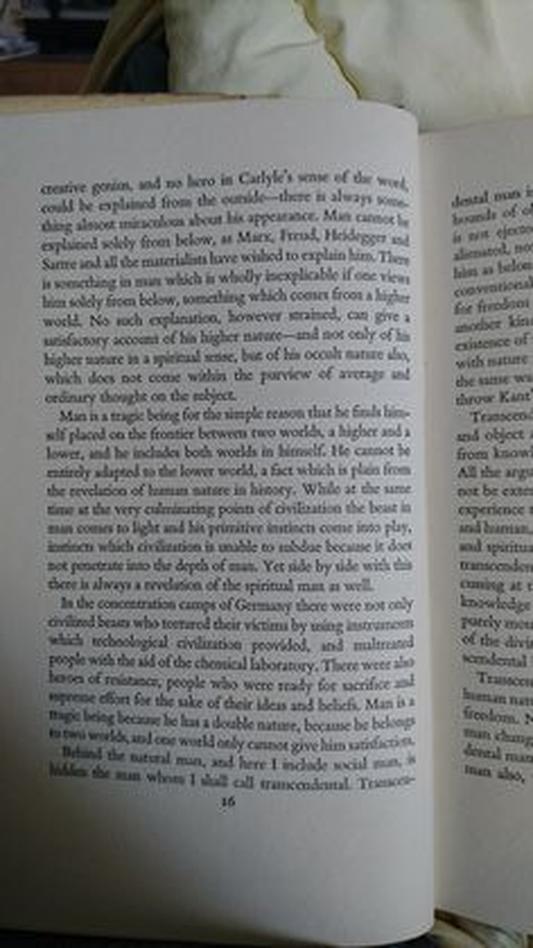
Nikolai Berdyaev (1874–1948) was a Russian existentialist philosopher noted for his religious and mystical ideas. Dreams played a notable role in his personal and intellectual life. Unlike many who might dismiss dreams as trivial, Berdyaev gave them prominence. His autobiography and other writings recount vivid, symbolic, and emotionally charged dreams that shaped his worldview.
One recurring dream involved Berdyaev trying to find a place among many guests around a heavily laden table but finding none. He then climbed a rocky precipice, bleeding from his hands, to reach the top, where he encountered Christ on the cross. Another dream features his return to Russia by train. Alone in a compartment, he felt a profound presence and saw Christ standing beside him, emphasizing spiritual companionship despite isolation.
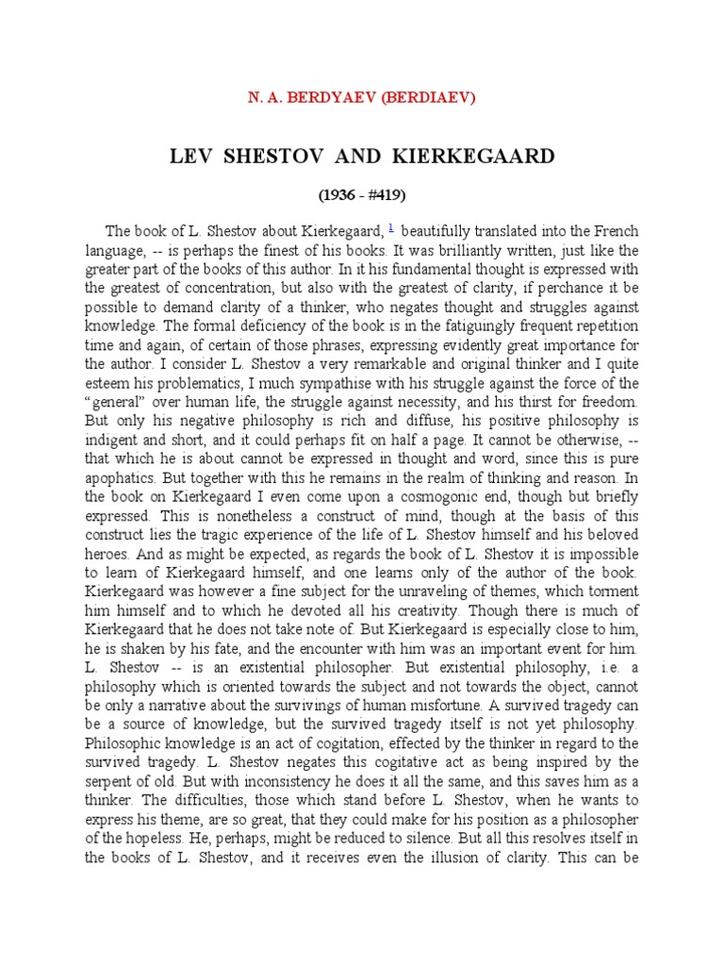
Berdyaev’s view on the psychological explanation of dreams was cautious. He acknowledged modern psychology’s tendency to attribute dreams to subconscious impulses but dismissed this as insufficient. He considered dreams revelations or spiritual insights that modern science could not fully account for.
The original phrase appears in his 1947 book The Divine and the Human, published in France. The French version uses the wording “J’ai eu un jour la révélation de ce fait pendant le sommeil”, translating to “I once had the revelation of this fact during sleep.” The French wording references sleep rather than explicitly a dream. The tone of the statement in the original publication does not signal irony or frivolity, suggesting Berdyaev’s serious presence of mind regarding such experiences.
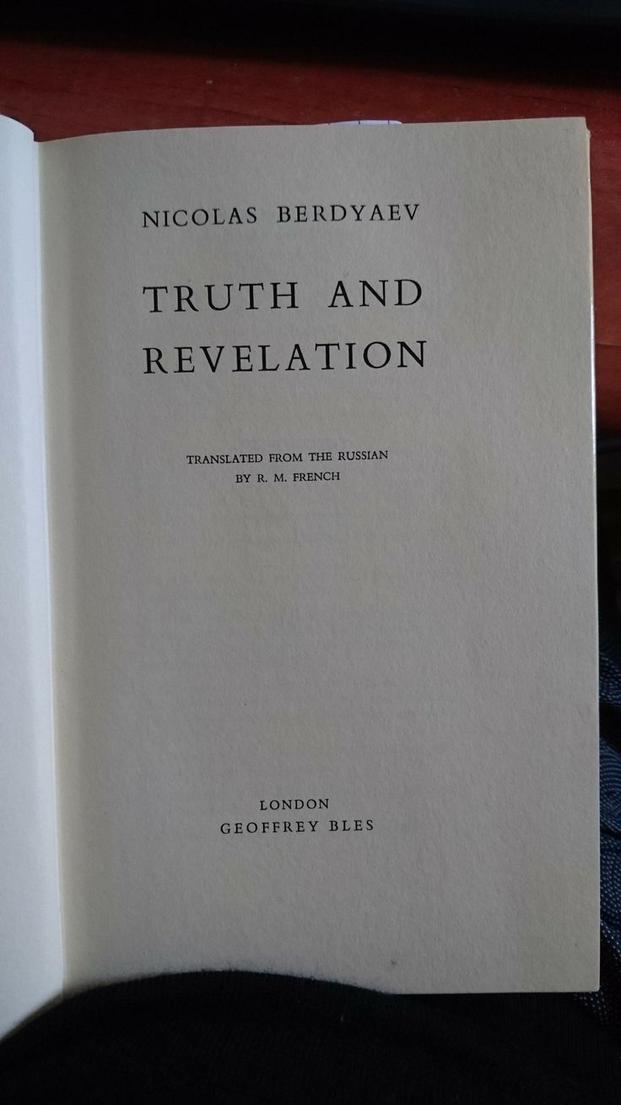
Scholars and readers contemporaneous to Berdyaev rarely focused on or debated this footnote. Searches through important Berdyaev literature reveal no significant commentary or acknowledgment of this phrase. This lack of attention may stem from the fact that dreams were integral to his work and not perceived as unusual or sensational in his context. Therefore, the footnote did not attract specific scrutiny or notoriety in academic circles during Berdyaev’s lifetime or immediately after.
The phrase gained wider recognition only decades later. Around 2017, it began circulating prominently on social media and academic forums. Thomas A. Foster, an academic, notably tweeted an image featuring the footnote, which triggered a viral response. The quote intrigued audiences, particularly in the humanities and philosophy, as a striking example of dream-inspired insight. It became popular partly due to its surprising blend of the mystical and intellectual, appealing broadly to those interested in the intersection of consciousness and creativity.
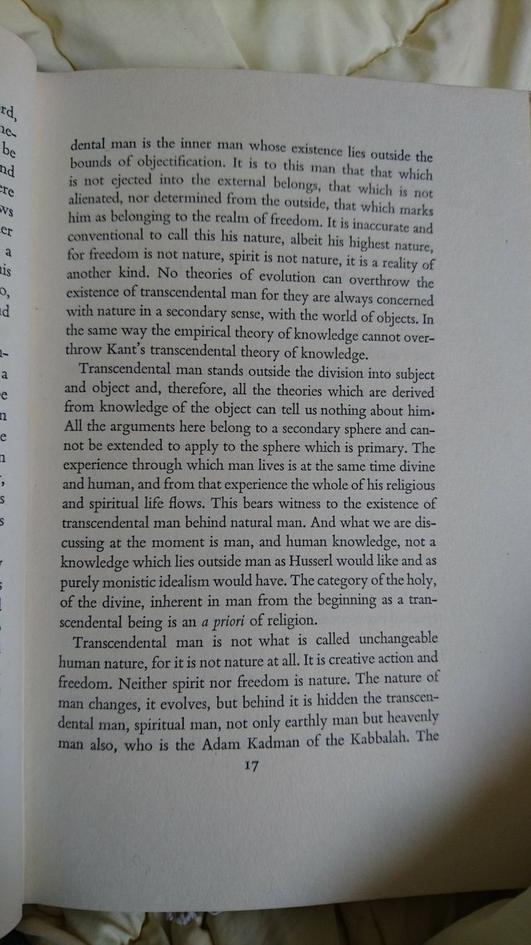
| Aspect | Details |
|---|---|
| Origin | Berdyaev’s 1947 book The Divine and the Human (French edition) |
| Original Phrase (French) | “J’ai eu un jour la révélation de ce fait pendant le sommeil” |
| Significance | Reflects Berdyaev’s serious authentification of mystical dreams |
| Contemporary Reception | Little or no specific attention or debate on the phrase itself |
| Modern Popularity | Viral in 2017 via social media, especially among academics |
In essence, the footnote is best understood as a sincere reference to a moment of revelation experienced by Berdyaev within his dream state. It was consistent with his overarching philosophical and spiritual worldview. Scholars interested in Berdyaev’s thought generally accepted his dreams as meaningful without elevating this particular footnote to special status.
- The footnote emphasizes Berdyaev’s belief in dreams as legitimate sources of insight.
- It was expressed without irony or skepticism in the original text.
- Contemporary readers and scholars did not highlight or question the footnote significantly.
- Dreams were a recurring and serious theme in Berdyaev’s life and philosophy.
- The phrase became widely known only after going viral on social media in 2017.
The Enigma of “This Was Once Revealed to Me in a Dream”: Unpacking Berdyaev’s Famous Footnote
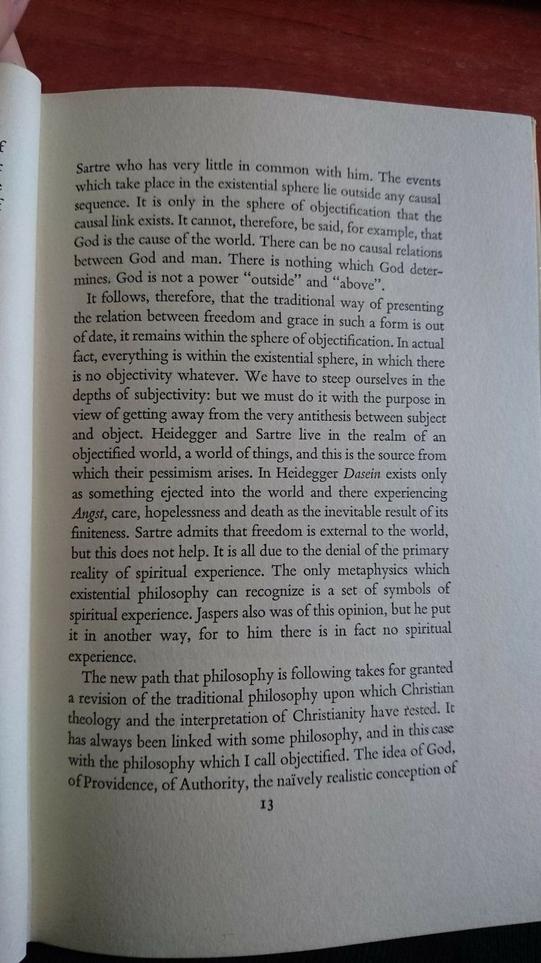
What was the context of the famous “This was once revealed to me in a dream” footnote? Was it intended seriously? Was it picked up on by readers or reviewers at the time? To cut through centuries of literary mystique: this modest footnote is part of the philosophical writings of Russian thinker Nikolai Berdyaev, and yes, it was meant seriously. Yet—surprisingly—it slipped under the radar of most scholars and readers for decades.
Let’s dive into the story behind this obscure yet intriguing notation.
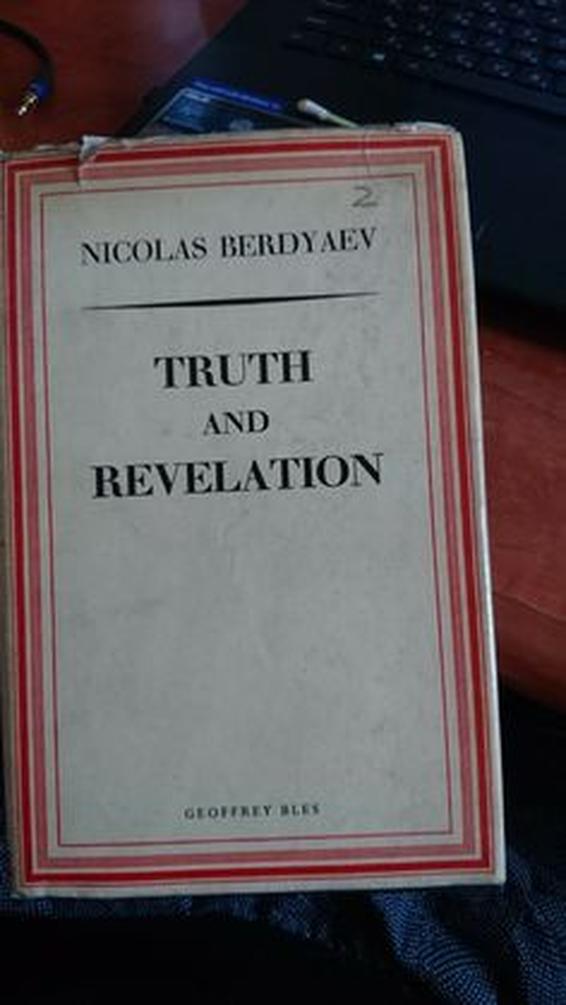
The Footnote That Isn’t Footnoted in Scholarship
You might expect that a footnote hinting at dream revelations would be a hot topic in philosophical circles. Oddly enough, it has barely been discussed. Seven major books about Berdyaev, written between 1950 and 2021—six in English and one in French—do not mention this footnote at all. That’s right: no commentary, no debate, no headlines.
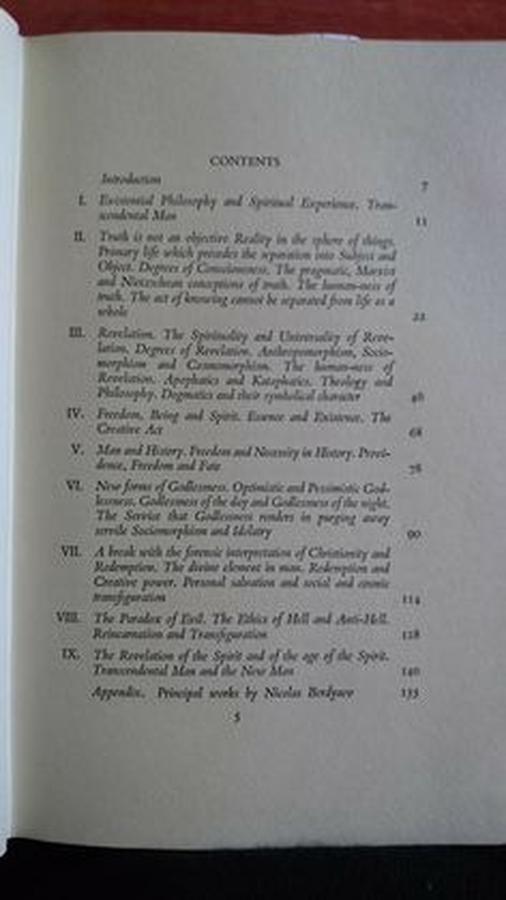
Why? Part of the mystery lies in the original French version of the text, Divine and the Human, published in 1947 in France, where Berdyaev lived and died. In French, this quote reads: J’ai eu un jour la révélation de ce fait pendant le sommeil, which translates more subtly to “I once had the revelation of this fact during sleep” instead of a dream. The nuance between ‘sleep’ and ‘dream’ in translation might explain why it didn’t ring alarm bells for many readers.
More importantly, dreams were a recurring motif in Berdyaev’s life and works. To his audience, citing dreams didn’t come across as unusual or even sensational—it was almost… expected.
Berdyaev: Philosopher of Mystical Dreams
Picture this: a man haunted by vivid, symbolic dreams, often painful or terrifying. Berdyaev’s own autobiography reveals a recurring nightmare where he climbs a treacherous precipice, wounded by sharp rocks, only to find himself face-to-face with Christ hanging on the cross. Dramatic? Absolutely. But to Berdyaev, these dreams were central spiritual experiences, not mere figments of an active subconscious.
Another dream features him traveling alone by train, en route back to Russia. As he gazes out the window yearningly, he turns to find Christ standing beside him. Stories like these pepper his writings, serving as windows to his mystical outlook and existential reflections.
Berdyaev was skeptical of attempts to pigeonhole these experiences through modern psychology. He acknowledged that psychologists might attribute such visions to the subconscious, but he dismissed that as insufficient. “This explains little and decides nothing,” he said, emphasizing the metaphysical weight of his dreams beyond clinical analysis.
The Viral Life of a Footnote in the Digital Age
So how did this little-noticed footnote explode onto today’s cultural radar? It happened rather suddenly. According to TinEye search, the earliest online instance of the quote is a photograph shared on Twitter by academic Thomas A. Foster in February 2017.
Shortly after, the quote went viral within academic circles and the broader intellectual community. There’s an amusing truth here: scholars quietly accepted the notion that a profound revelation might bloom straight from a dream without demanding a rigid, “rational” source. Sometimes, spiritual insight sneaks in through the back door, and academia seems more willing now than ever to entertain that possibility.
Should You Take Dream Revelations Seriously?
Here’s a question to ponder: can a dream really reveal profound truths, or is that just poetic license? Berdyaev’s perspective invites us to reconsider our modern insistence on purely empirical evidence. If a dream moves the mind, stirs the soul, or unlocks new ways of thinking about existence, isn’t that valuable in itself?
Consider personal experiences: ever woken up with a sudden solution or an insight that felt too vivid to ignore? That’s a small-scale echo of what Berdyaev’s mystical dreams represent on a grander philosophical stage.
Lessons and Reflections from Berdyaev’s Dream Footnote
- Context matters: The footnote’s lack of early attention rests partly on translation subtleties and why Berdyaev’s audience expected dream references.
- Dare to blur boundaries: Berdyaev challenges the strict line between rational thought and mystical experience—something to keep in mind when seeking wisdom.
- Academic virality: The journey of this footnote from obscurity to internet sensation shows how modern platforms can resurrect forgotten ideas.
Final Thoughts
The famous footnote, “This was once revealed to me in a dream,” might sound playful or mysterious, but it bears serious philosophical weight. It’s a window into Berdyaev’s inner world—a blending of mysticism and intellect. The dream isn’t a throwaway line; it’s an authentic source of inspiration for one of the 20th century’s profound thinkers.
Yet, the fact that it took over 70 years and the rise of social media for this footnote to gain attention reveals something fascinating about how ideas travel—and which ones capture our imagination.
Next time you read a footnote, or daydream yourself, ask: what hidden revelations might be waiting in the shadows of sleep?



